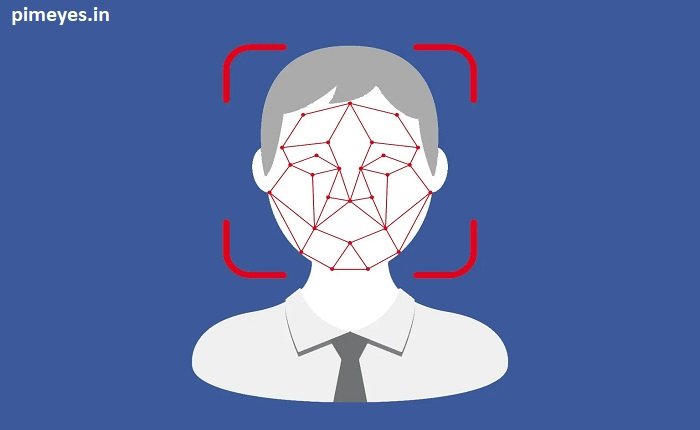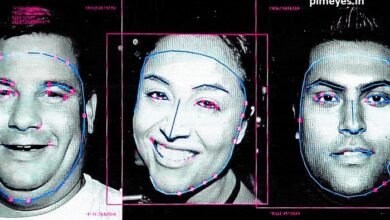Revolutionize Connections: Search People by Face Instantly

In recent years, the ability to search people by face has transitioned from science fiction to everyday reality, thanks to rapid advancements in artificial intelligence (AI) and machine learning. The technology identifying or verifying a person from a digital image or video frame is now making inroads in areas like law enforcement, marketing, and personal devices. In this blog, we will explore how facial recognition technology works, what you can use it for, and what privacy concerns it may have in the future.
How to Search People by Face
Facial recognition technology takes a digital image of the face, analyses the geometry of the key features, and then compares that data against a database of known faces. To search people by face effectively, systems assess unique details such as the distance between eyes, nose width, jawline contour, and skin texture. These measurements are converted into a mathematical equation and compared against a database for a match, which means it’s a powerful tool for both security and commercial purposes.
Technological Foundations of Facial Recognition
It is essential to understand that the ability to search people by face relies on complex algorithms and robust neural networks, carefully trained to process and make sense of large volumes of facial data. These networks are trained on millions of datasets related to faces to be accurate and efficient over time. As technology has improved, systems have become increasingly quick and dependable, capable of recognizing people in crowds or at different times of day, frequently in real-time.
Accuracy and Reliability in Facial Recognition
High accuracy is paramount to effectively search people by face. Today, facial recognition systems are much more advanced, with many faster and more accurate than the average AI. But things like lighting, image quality, and obstructions can impact reliability. In addition, increasing scrutiny over the impact of race and the prospect of human error has prompted research and development [4] to advance and dial in the level of fairness and accuracy of these systems.
Privacy Concerns with Facial Recognition
The capability to search people by face raises substantial privacy issues, especially regarding consent and the potential for surveillance. The worry is about a world that will be more like a prison than a society, said a New York civil rights attorney, who questioned the reliability of facial recognition in the first place and added: ”This is an incredible invasion of privacy.” Countries and companies across the globe face a growing challenge in balancing the advantages of this technology with ethical implications and privacy legislation.
Legal and Ethical Implications
As facial recognition technology becomes more widespread, so are the legal and ethical debates accompanying it. Countries vary in how and when they are allowed to search people by face, and some have implemented stringent measures to protect the privacy rights of their citizens. Ethics is also crucial, particularly regarding questions of consent, potential biases in the technology, and the implications of perpetual surveillance.
Security Enhancements Through Facial Recognition
Enhanced security is perhaps one of the most lauded uses of facial recognition. For example, in airports, these systems combat identity fraud and expedite check-ins. Law enforcement agencies also use these tools while looking for suspects or missing people. While facial recognition has many advantages when it comes to security, it can easily be seen as an infringement of our freedoms if not monitored appropriately.
Commercial Uses of Facial Recognition
In the commercial sector, the ability to search people by face is revolutionizing marketing and customer service. As a result, retailers utilize facial recognition to personalize advertisements and shopping experiences. In a similar vein, hospitality services also use facial recognition to enhance customer engagement and streamline operations. However, they do call for a transparent handling of personal data that is likely to become sensitive to privacy violations.
The Role of Facial Recognition in Social Media
These social media platforms even embed facial recognition into their systems to escalate user interaction, such as photo tagging and friend suggestions. Convenient as this is, it comes with a greater responsibility to secure users’ data and protect their privacy. Central to this debate are discussions around consent and data security.
Future Trends in Facial Recognition
The Future of Facial Recognition Technology Looking ahead, the applications for facial recognition technology are endless! New technologies could enable better online security, safer public spaces, and novel social interactions. That said, as this technology develops, the rules and structures that regulate its application must also mature accordingly so that the greater good is served without impeding our rights and liberties.
Conclusion
As the ability to search people by face becomes more embedded in society, the conversation around its implications grows more complex. Although it provides a sky-high advantage for security and personalization, it poses the most essential threats to privacy and ethics. Going forward, we need a balanced approach—one that recognizes the benefits of facial recognition while proactively protecting against its abuses.
FAQs
How does facial recognition work to search people by face? Facial recognition analyzes distinct features of a face to create a digital fingerprint, which is then compared to a database to find matches.
What are the main concerns about using facial recognition? Primary concerns include privacy issues, the potential for misuse, and the technology’s accuracy, especially in diverse populations.
Can facial recognition be used without an individual’s consent? In some jurisdictions, permission is required, but laws vary widely. The ethical best practice is always to obtain consent.
How accurate is facial recognition technology? Today’s systems are exact under controlled conditions but unreliable in poor lighting or with low-quality images.




